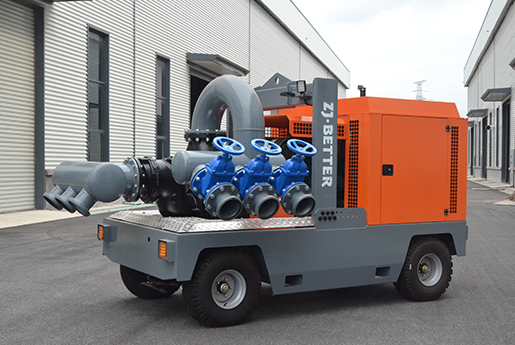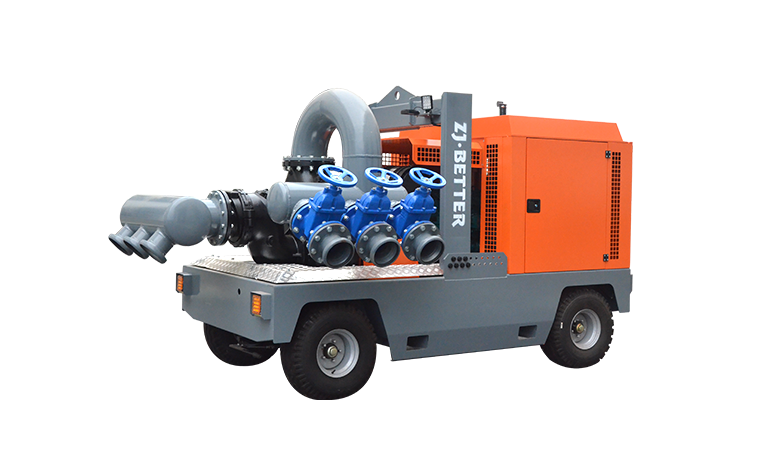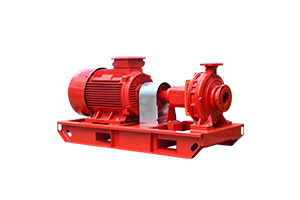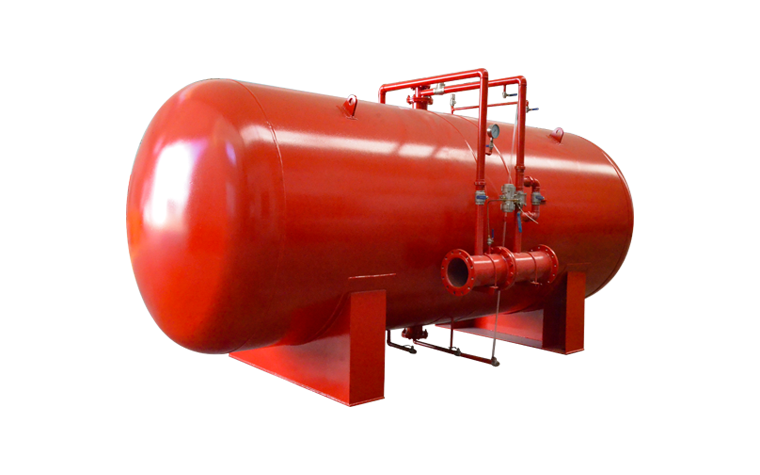-
 Oct 24, 2023What are the common faults of mobile pump trucks?Mobile pump trucks can experience various common faults over time due to wear and tear, operational stress, or other factors. Recognizing these issues early and addressing them through maintenance or repairs is essential for ensuring the safe and reliable operation of the equipment. Common faults in mobile pump trucks include:View details
Oct 24, 2023What are the common faults of mobile pump trucks?Mobile pump trucks can experience various common faults over time due to wear and tear, operational stress, or other factors. Recognizing these issues early and addressing them through maintenance or repairs is essential for ensuring the safe and reliable operation of the equipment. Common faults in mobile pump trucks include:View details -
 Oct 24, 2023How to inspect mobile pump trucks?Inspecting mobile pump trucks is a critical part of their regular maintenance and safety procedures. A thorough inspection can help identify potential issues, ensure safe operation, and extend the lifespan of the equipment. Here's a step-by-step guide on how to inspect mobile pump trucks:View details
Oct 24, 2023How to inspect mobile pump trucks?Inspecting mobile pump trucks is a critical part of their regular maintenance and safety procedures. A thorough inspection can help identify potential issues, ensure safe operation, and extend the lifespan of the equipment. Here's a step-by-step guide on how to inspect mobile pump trucks:View details -
 Oct 23, 2023How to perform regular maintenance on mobile pump trucks?Performing regular maintenance on mobile pump trucks is essential to ensure their reliability, safety, and longevity. Follow these steps to conduct routine maintenance:View details
Oct 23, 2023How to perform regular maintenance on mobile pump trucks?Performing regular maintenance on mobile pump trucks is essential to ensure their reliability, safety, and longevity. Follow these steps to conduct routine maintenance:View details -
 Oct 23, 2023How to conduct regular inspections on mobile pump trucks?Regular inspections of mobile pump trucks are crucial to ensure their safe and efficient operation. These inspections help identify potential issues, prevent breakdowns, and extend the lifespan of the equipment. Here's a step-by-step guide on how to conduct regular inspections on mobile pump trucks:View details
Oct 23, 2023How to conduct regular inspections on mobile pump trucks?Regular inspections of mobile pump trucks are crucial to ensure their safe and efficient operation. These inspections help identify potential issues, prevent breakdowns, and extend the lifespan of the equipment. Here's a step-by-step guide on how to conduct regular inspections on mobile pump trucks:View details -
 Oct 20, 2023What are the checks before starting a mobile pump truck?Performing a series of checks and inspections before starting a mobile pump truck is crucial to ensure safety, proper operation, and the prevention of potential issues. Here are the key checks that should be conducted:View details
Oct 20, 2023What are the checks before starting a mobile pump truck?Performing a series of checks and inspections before starting a mobile pump truck is crucial to ensure safety, proper operation, and the prevention of potential issues. Here are the key checks that should be conducted:View details -
 Oct 20, 2023How does a mobile pump truck work?
Oct 20, 2023How does a mobile pump truck work?
A mobile pump truck, often referred to as a concrete pump truck or simply a pump truck, is a specialized vehicle used in construction to transport and pour concrete. It works by using a combination of hydraulic systems and a large articulated boom equipped with a concrete pump. Here's how a mobile pump truck typically works:View details

.png)
.png)

.png)


